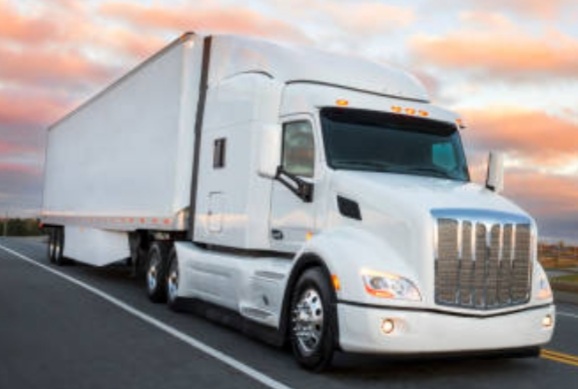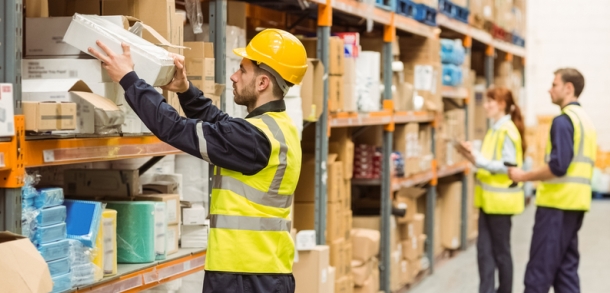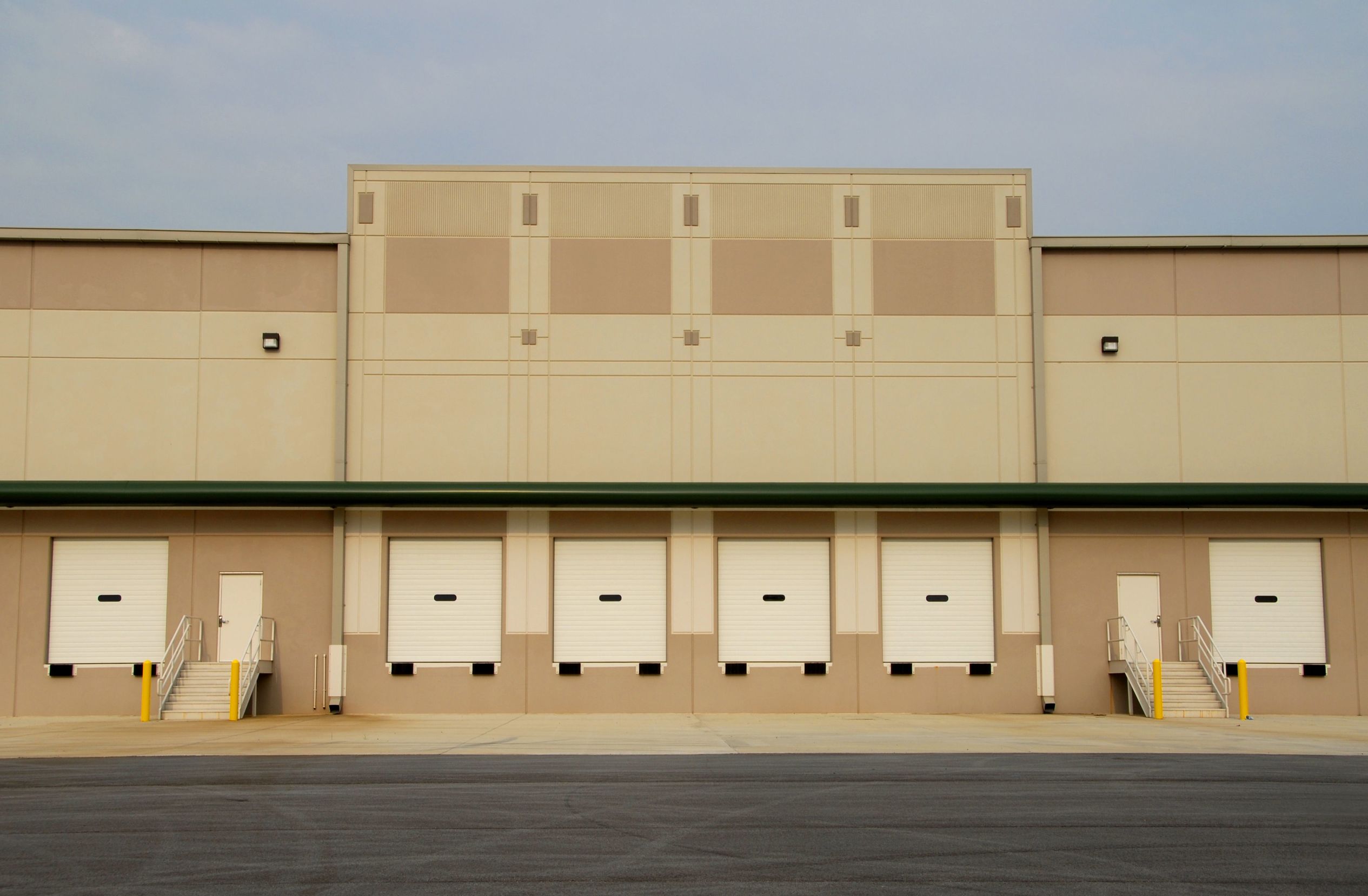The impacts on warehouse space, customer satisfaction, cash flow, and the bottom line
Accurate inventory forecasts are invaluable as supply chains and consumer demand are changing rapidly. Forecasting ensures businesses have enough product to fulfill customer orders and less carrying costs. Inventory carrying costs include storage, labor, transportation, handling, insurance, taxes, item replacement, shrinkage, and depreciation, which account for 20% to 30% of the total inventory value. That number increases the longer products are held.
Other benefits of accurate forecasting include:
- Maximizing warehouse space
- A reduction in “dead” inventory
- A reduction in “write-downs”
A few metrics that can inform and refine your forecasting efforts include:
- Average inventory
- Lead time
- Lost sales ratio
- Inventory carrying costs
Below is an explanation of each of these metrics.
Average inventory: The amount of inventory a company has on hand during a period. The goal is for companies to keep their average inventory consistent over the course of a year.
Average inventory = (Beginning inventory + Ending inventory) / 2
Lead time: The time it takes for a customer to receive a product after they order it. This KPI measures the efficiency of the entire supply chain.
Lead time = Order process time + Production lead time + Delivery lead time
Lost sales ratio: The number of days a specific product is out of stock compared to the expected rate of sales for that product. A higher lost sales ratio is a sign a company is running too lean on its stock.
Lost sales ratio = (Number of days product is out of stock / 365) x 100
Inventory carrying cost: The percentage of the total inventory value a company pays to store that inventory. The total cost depends on which products a company carries, the number of SKUs, the storage location, the inventory turnover rate and whether the company uses a third-party fulfillment provider.
Inventory carrying costs = (Inventory service costs + Inventory risk costs + Capital cost + Storage cost) / Total inventory value x 100
The forecasting process, at a basic level, can be distilled down to four basic steps:
- Calculate your lead time demand, which is the amount of product you expect to use over the amount of time it takes to receive a replenishment order.
- Second, review sales trends by using one or a combination of the techniques below to help determine the lead time demand and plan safety stock.
- Third, calculate safety stock—the inventory companies carry as a final line of protection against running out of items. The amount of safety stock a company carries will vary depending on its broader strategy. Some may adopt a just-in-time (JIT) approach where they attempt to align inventory deliveries with production schedules to only order inventory as the company uses it; others will keep far more stock on hand.
Safety stock = (Maximum daily usage x Maximum lead time) – (Average daily usage x Average lead time)
Choose your type of forecasting:
Qualitative forecasting: When they lack historical data, some companies go straight to the source: their customers. Qualitative forecasting often involves complex data collection, such as focus groups and market research. Forecasters then flesh out models from this type of data.
Quantitative forecasting: Considered more accurate than qualitative research alone, quantitative forecasting uses historical and numerical data. The more historical data a company has, the more precise the forecast usually is.
Trend forecasting: This method projects possible trends and excludes seasonal effects and irregularities by using past sales and growth data. More granular sales data helps this forecasting method by showing how likely specific customers, as well as types of customers, are to purchase in the future.
Graphical forecasting: Though the graphical method uses the same data as trend forecasting, some forecasters prefer this approach because it is visual. They can discern patterns from a series of data points and add sloped trend lines to graphs to examine possible shifts in direction that supply chain leaders might otherwise miss.
Here are some recommended steps to help get your forecasting effort off on the right foot:
1. Decide on a future forecast period, typically 30 days, 90 days or one year.
2. Review the base demand for the chosen period; this will become the basis of your forecasting model.
3. Decide on trends and variables (such as promotions) and whether they will result in an increase or decrease in sales.
4. Review your sales velocity, i.e. how fast sales move through the company pipeline, based on the number of leads, average deal value, conversion rate and the metrics noted earlier.
5. Review marketing activity for opportunities that could give products a temporary boost.
6. Consider any pertinent industry forces like new competitors, supplier issues, etc.
7. Review seasonality as it affects each product.
8. Factor in fads or unpaid publicity, including social media activity, and make plans for any additional stock requirements.
Source: http://www.netsuite.com








